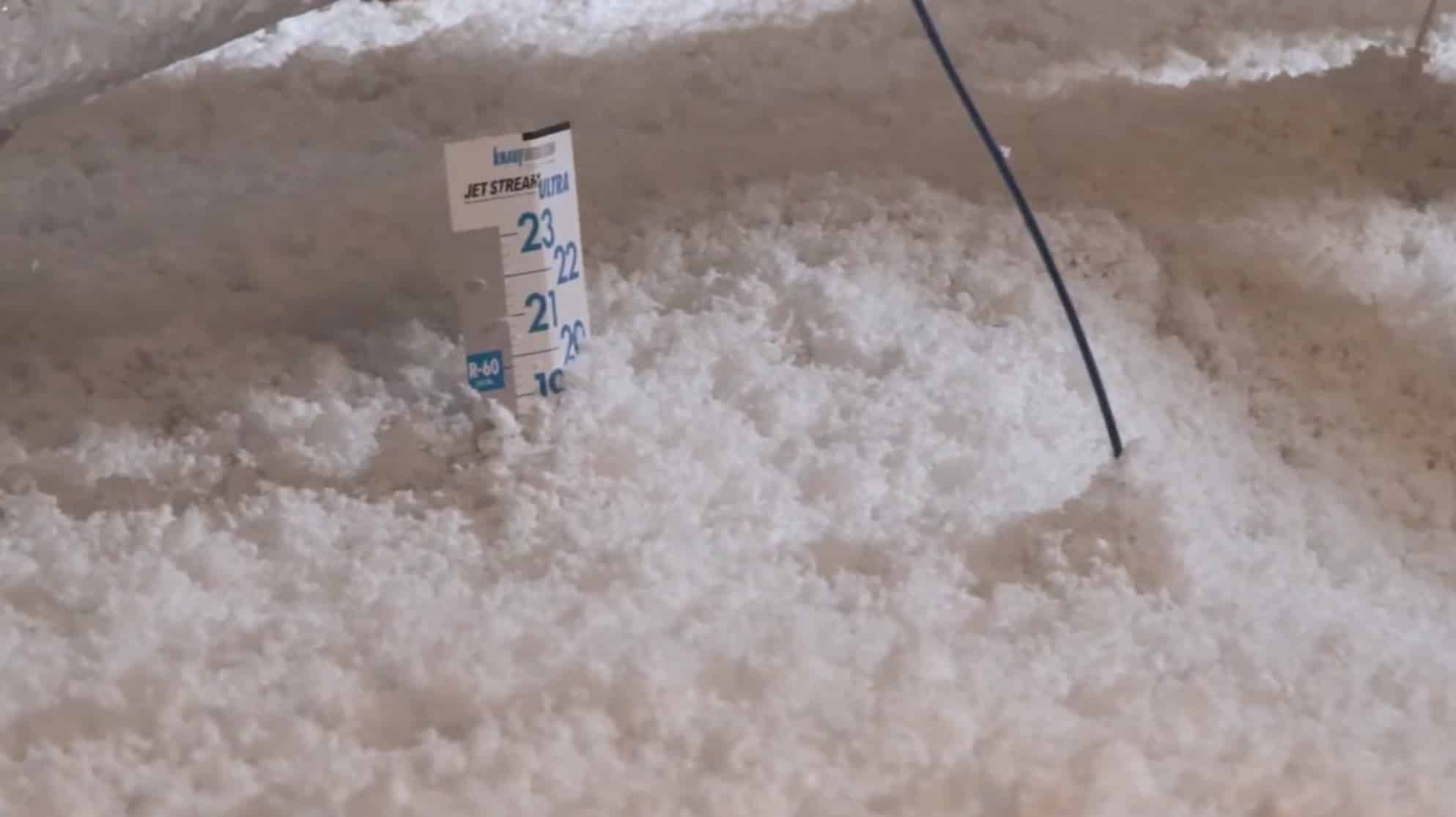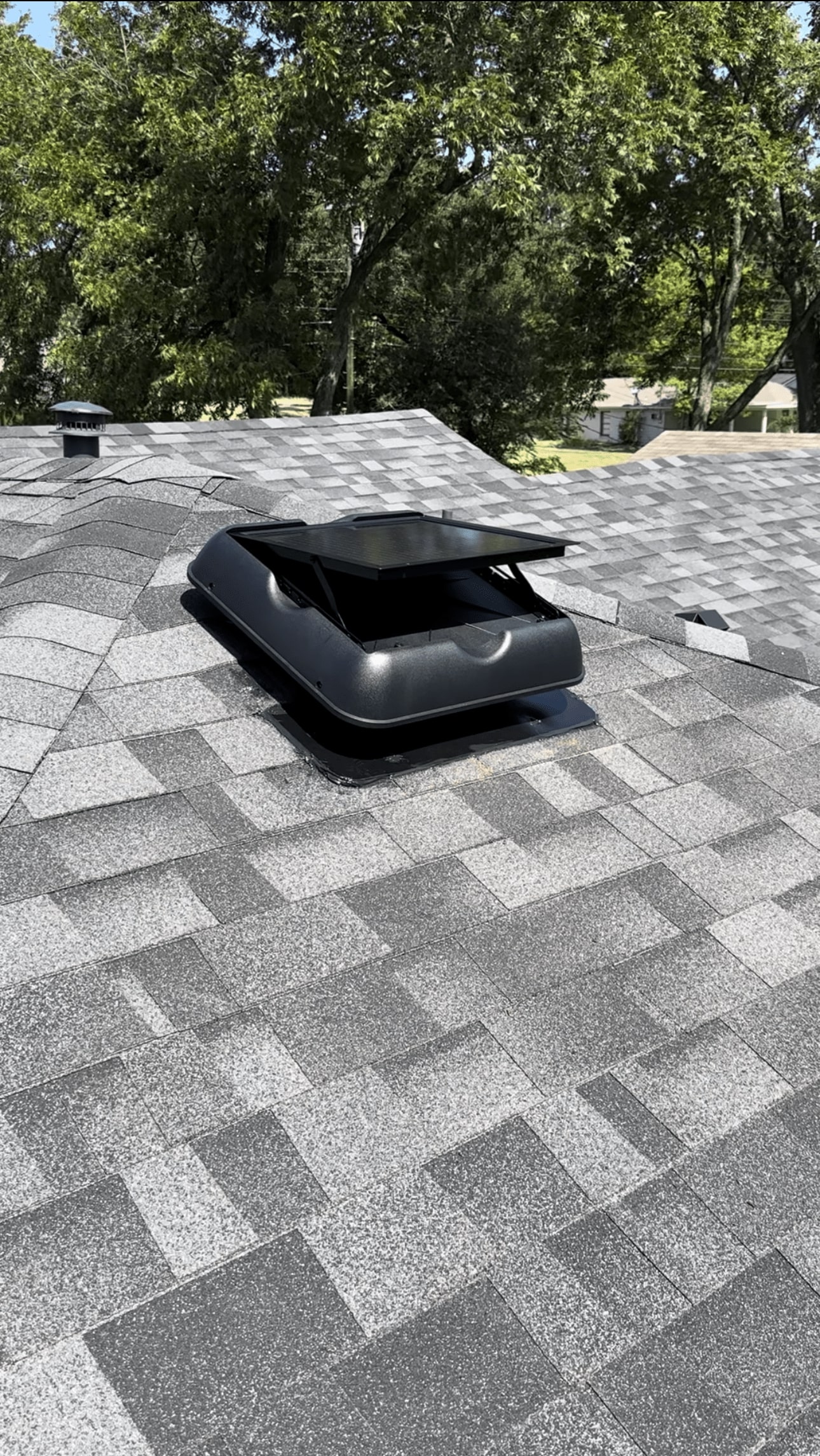Green Attics Fundamentals Explained
Green Attics Fundamentals Explained
Blog Article
The 10-Second Trick For Green Attics
Table of ContentsOur Green Attics Statements4 Simple Techniques For Green AtticsThe Buzz on Green AtticsGreen Attics Fundamentals ExplainedThings about Green AtticsThe 20-Second Trick For Green AtticsNot known Incorrect Statements About Green Attics
Building codes need that air areas between smokeshafts and floor or ceiling assemblies through which they pass be sealed with a non-combustible fire stop (see Figure 5-3 and Figure 5-4). There is typically a space in between the event wall (such as the shared wall surface between systems in duplexes, triplexes and row houses) and the side of the attic room floor.
A heavy polyethylene sheet which is caulked with acoustical sealer and stapled to the ceiling encloses the electric box. An electrical cord diverts from the electric box and down with an opening into an indoor wall. Openings around electric cables are loaded with caulking or foam sealant, and caulking seals spaces along the top of the indoor wall surfaces.
Attic air flow offers a number of purposes. Attic insulation. It minimizes summertime warmth buildup, extending the life of roof and reduces ac system loads. After air sealing, attic room ventilation is your second line of support against the water vapour that may have found its method right into the attic room. It makes certain a cooler, well-vented attic room area less susceptible to the development of ice dams at the eaves.
Rumored Buzz on Green Attics
You may need to find roof covering or soffit vents from outside if they are not plainly noticeable from inside the attic. Houses with actually peaked roofs and available attics are the most convenient to air vent by making use of the ratio of 1 to 300. This ratio refers to unblocked air vent location to the insulated ceiling location.

The area of vents is as vital as their number and type. Often, a mixture of types and places will work best. The following Components detail the most effective technique relying on your attic room kind. After you have checked the attic and performed any restorative work, focus first on air and dampness control.
The Facts About Green Attics Uncovered
On the various other hand, spray foam supplies air securing and a first layer of excellent quality insulation that can be covered as much as the desired RSI (R) degree. If the attic room retrofit is being completed along with indoor improvements, the most convenient approach is to mount a new, single air and vapour barrier on the bottom of the ceiling joists.
Spray foam or inflexible board insulation can aid link the gap in this location. Cut inflexible board to fit between the ceiling joists and to extend from the outside wall surface leading plate toward the attic.
Get rid of existing insulation from the area you are working on and set it to one side. Caulk all edges, spaces and joints, see Figures 5-10 and 5-13.
Spray foam contractors can set up closed-cell foam in between the joists to air seal and include insulation at the very same time to the ceiling. All existing insulation and dust need to be removed first to enable an excellent bond. A minimum of 50 mm (2 in.) is needed; leading up with other insulation later on.
Green Attics Fundamentals Explained
(https://experiment.com/users/greenatt1cs)
This removes roof covering airing vent and produces what is called a hot roofing, where the attic room space comes to be part of the conditioned (heated and cooled) residence space. This procedure might appropriate for some attic rooms, yet do not continue without approval from your structure inspector, and after that just make use of a licensed spray foam service provider that knows with the process.
If there are blockages over the joists, such as with a truss roofing system, it might be easiest to put batt insulation into the joist areas and then make use of loose-fill insulation to create a full covering of insulation above the joists and around all blockages. Loose-fill insulation is additionally excellent on its own, especially in uneven or blocked spaces.

Green Attics Can Be Fun For Anyone
Use frustrates between each rafter area to stop it from being blocked (see Number 5-11). Insulate over and listed below cross bracing, splitting or cutting the batt to site here fit the cross supporting as highlighted in Number 5-12. Conversely, cut one batt right into a collection of wedges and after that fit a wedge under each support.
The first layer of batts must be thick enough to entirely fill up to the top of the joist space. The 2nd layer can after that run perpendicular across the joists to block any kind of warm flow with and around the joists (see Figure 5-13). HVAC installation. Make sure that there are no voids between both layers of insulation
Beginning at one end of the attic room and unfold the blanket. Number 5-11 Baffles can be made use of to keep air movement through the soffit vents Text variation Cutaway of baffles in between attic roofing system joists with arrows suggesting air movement taking a trip from the exterior, via an air vent in the ceiling overhang, and over the baffles.
The Definitive Guide to Green Attics
Figure 5-13 The top layer of insulation runs perpendicular down layer Text variation Image of layers of batts of insulation in between and over attic room joists. Batts on top of joists are vertical to batts in between joists. A polyethylene sheet is laid under both layers of insulation and attached to the top of attic room joists by caulking and staples.

If the loose fill is deeper than the joists, build insulation structure (a baby crib) around the attic room hatch so that it can be loaded to the side (see Number 4-7). The bags of insulation product will list the amount of square metres (or square feet) each bag need to cover to offer the needed RSI value.
Green Attics - The Facts
If you are having a contractor do the job, compute the RSI worth that you desire and inspect the bags of insulation to be used. They ought to indicate the location that bag will certainly cover at the selected protecting value. You and the service provider need to then agree on the complete variety of bags to be used, the expected insulating value and the minimum settled deepness of insulation throughout the attic, based upon a particular thickness.
Report this page